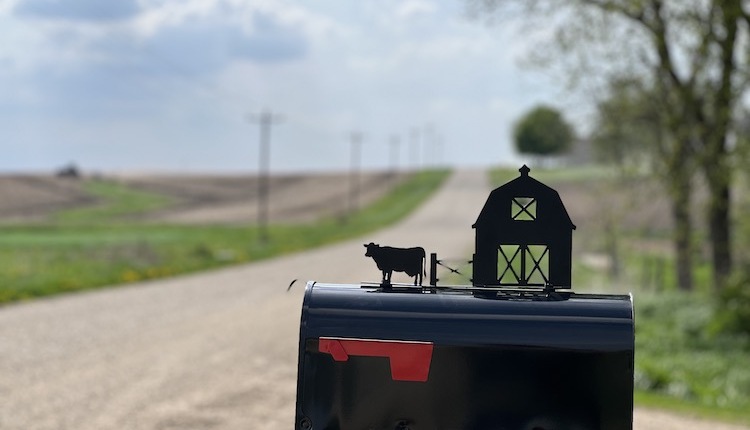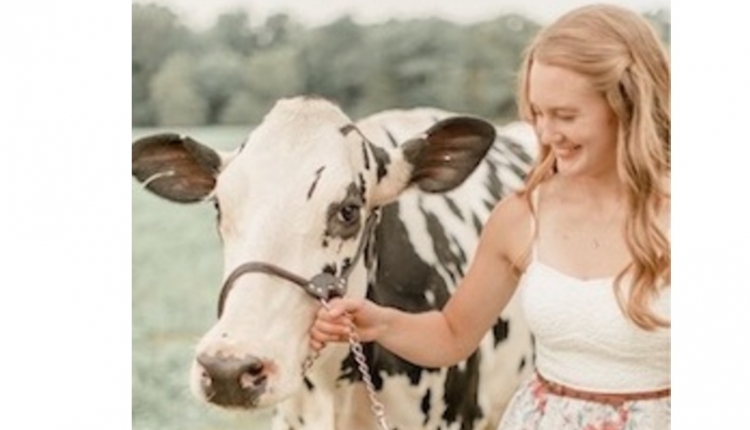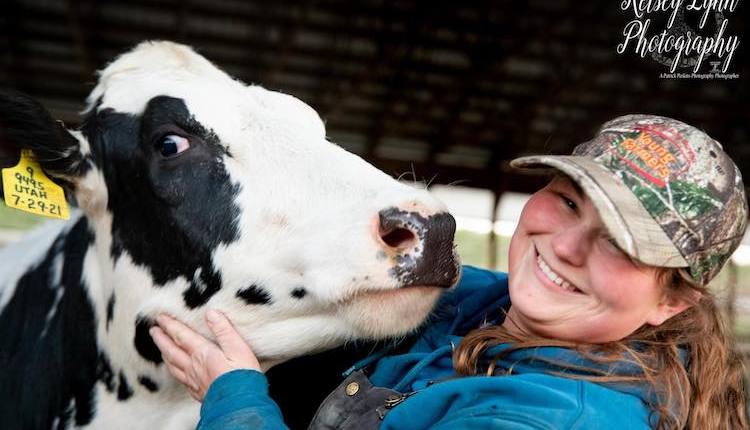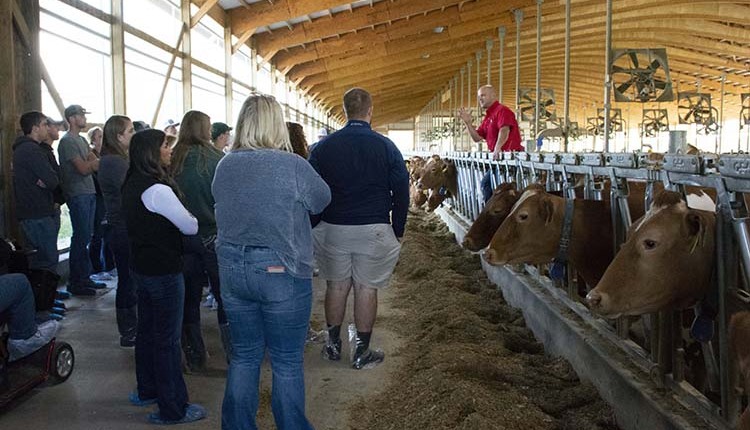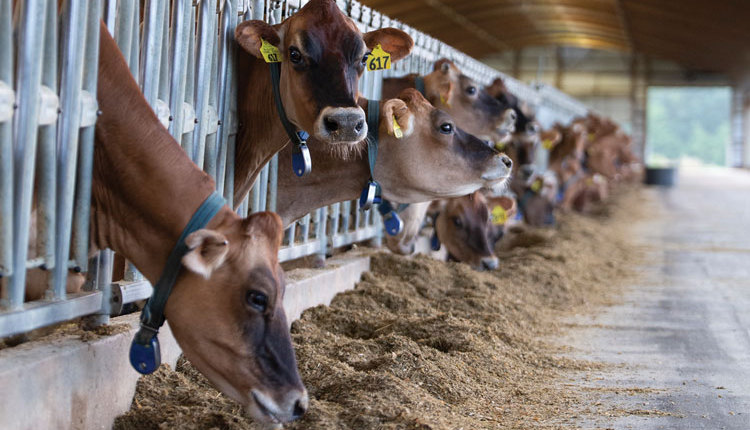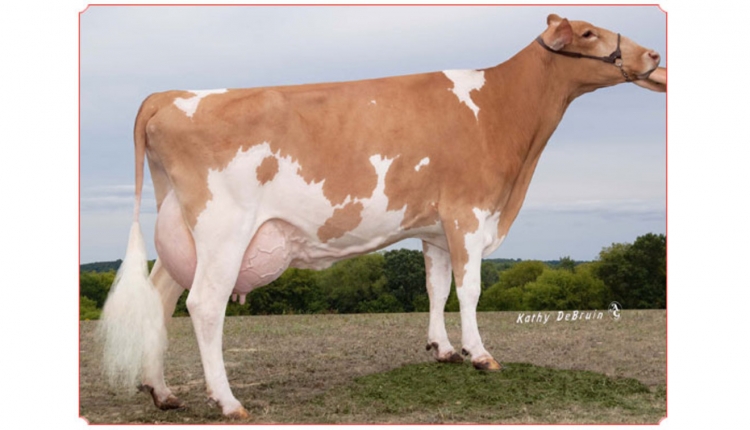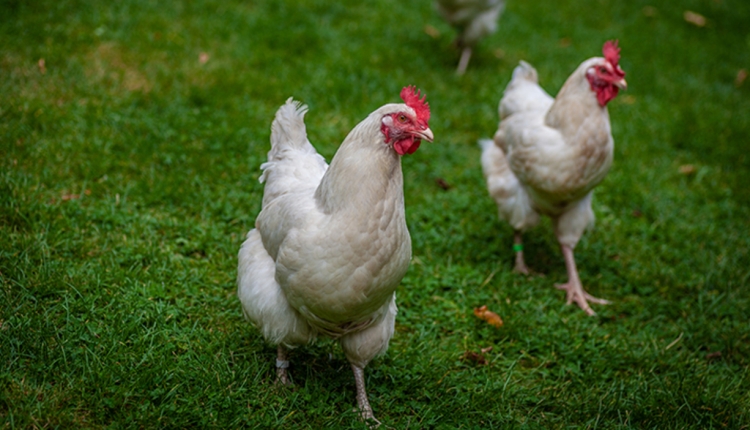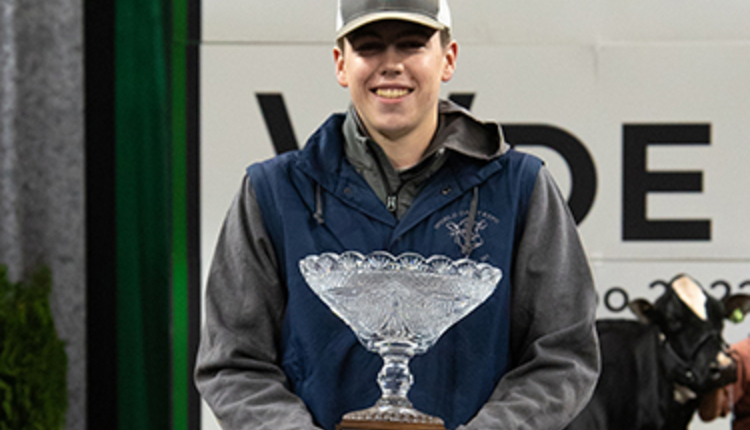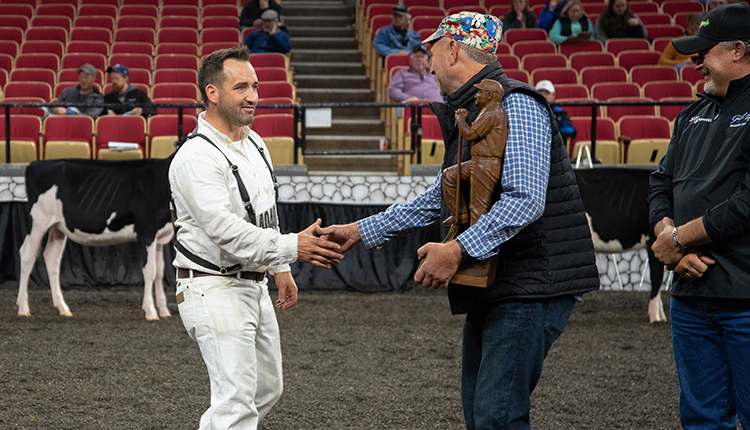Today, we are expecting at least 150 visitors at the Hoard's Dairyman Farm as part of a tour sponsored by M & I Bank for its dairy clients. At the suggestion of M & I loan officers and because of the current dairy situation, we will be focusing on how we have made use of some of our older facilities to expand our herd and provide better care for our close-up cows.
We converted our old, 82-head tie-stall barn to freestalls which were just the right size for Jerseys. We also converted our 90-head heifer and dry cow freestall barn built in 1976 to a bedded pack for our close-ups. In the old barn, we filled in the gutters so we can scrape alleys with a skid steer, but the Jerseys must eat outside. The bedded pack for our close-ups has made a big difference in how well our cows start off after calving. That is unless we overcrowd the bedded pack (they need at least 100 square feet per cow) or don't allow enough bunk space. We want to provide at least 24 inches per cow . . . more is better.
We will be sharing with our visitors that current rolling herd average for the 337 Guernseys is 19,109 M, 946 F (4.95%), 652 P (3.41%), and cheese yield of 2,228 pounds. Current rolling herd average for the 106 Jerseys is 17,500 M, 944 F (5.39%), 661 P (3.78%), and cheese yield of 2,262 pounds.
On classification, the Guernseys average 81.31 points with 24 Excellent, 201 Very Good, 105 Desirable, and 7 Acceptable. The Jerseys average 80.97 points with 95 Very Good, 48 Desirable, and 4 Acceptable.
We are shipping about 23,000 pounds of milk a day with everyday pickup. In February, our tank averaged 5.2 percent fat, 3.7 percent protein, and 181,000 SCC. Last month, we shipped 60.9 pounds of milk or 5.44 pounds of fat and protein per cow per freestall per day. Our milk goes to Torkelson Cheese, a Muenster plant near Lena, Illinois. Looking at pounds of fat and protein shipped per stall per day is one of the efficiency benchmarks we use for focusing. We always like to see that number move upward or understand why it goes down if it does. Looking at the numbers on a per-stall basis rather than a per-cow basis factors in the impact of any overcrowding we might be tempted to do.
At present, our main ration ingredients are corn silage, second- and third-crop haylage, wet brewers grains, soy hulls, canola meal, roasted soybeans, and expeller soybean meal. We also are feeding about 11 pounds of a delactosed-whey product that has a dry matter content of about 35 percent.
